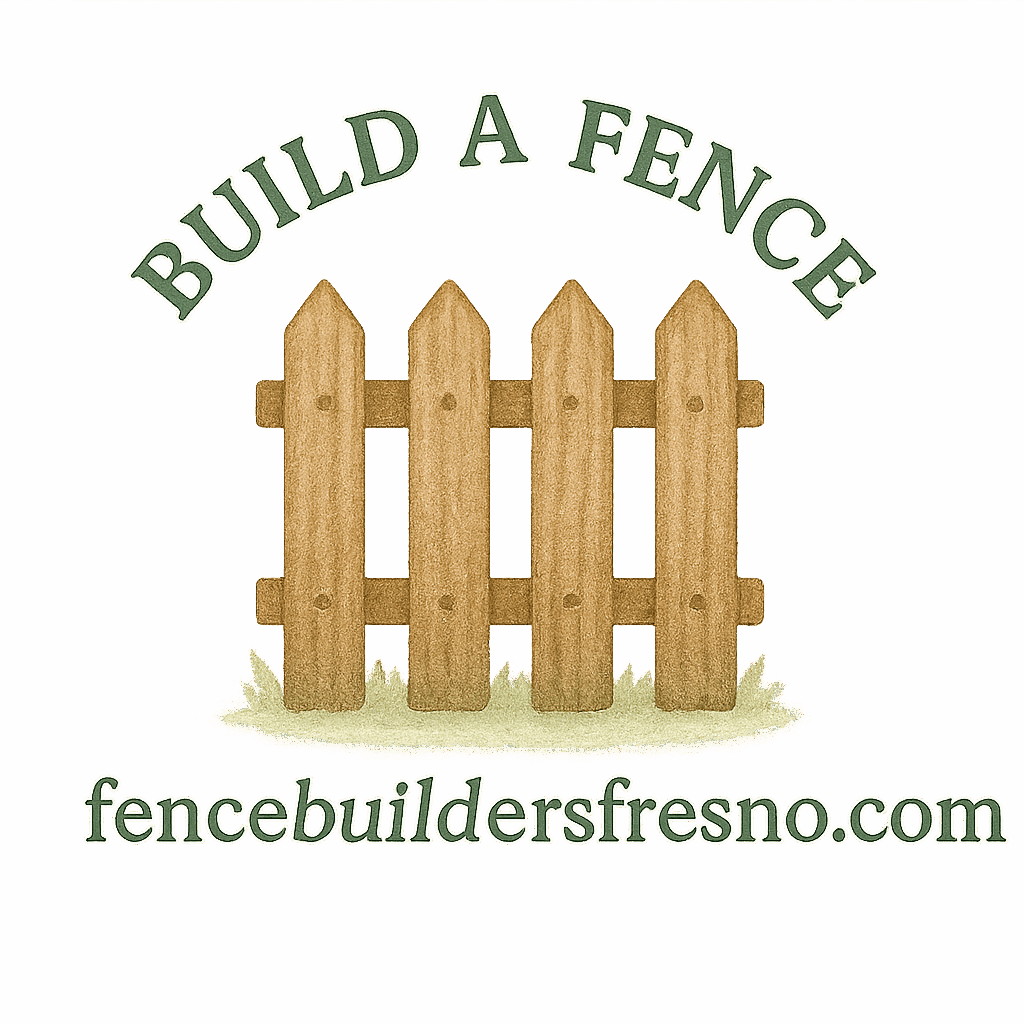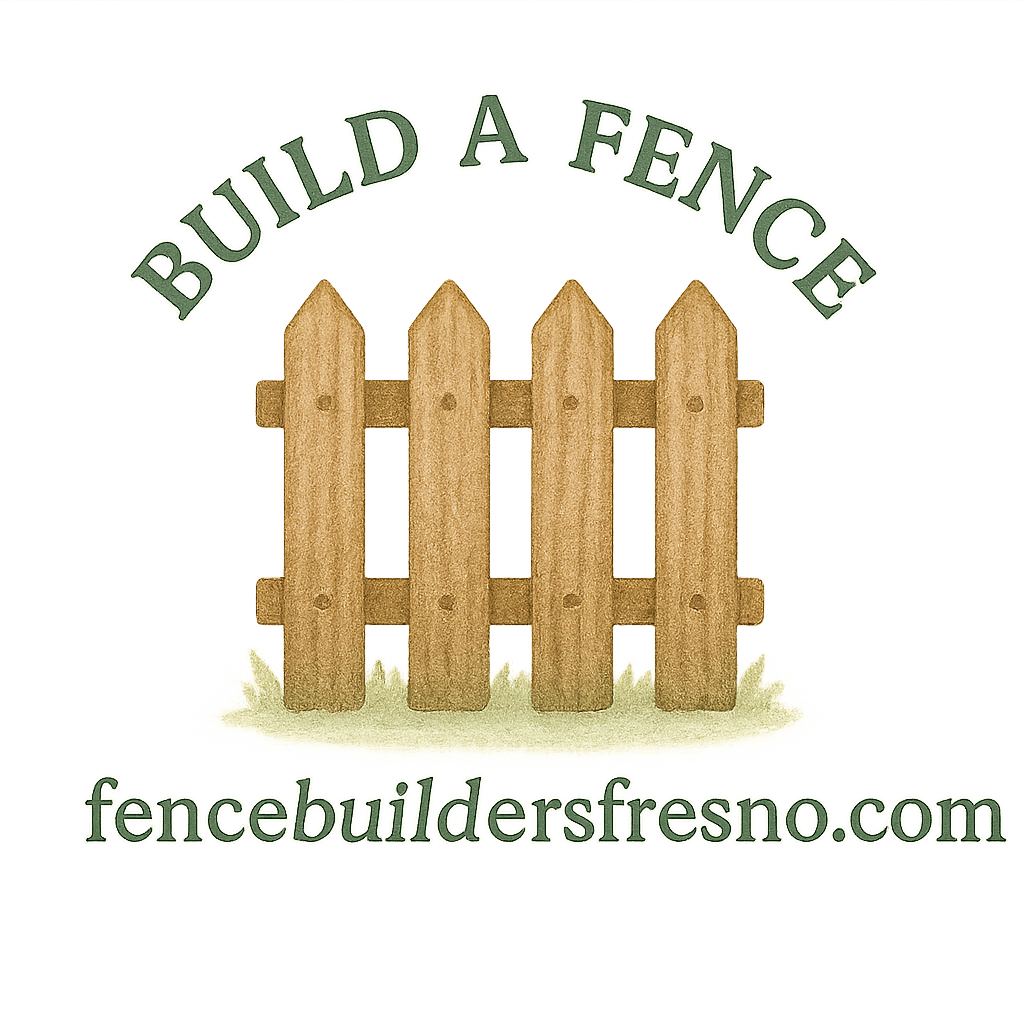Fencing might seem like a straightforward job—just pick a spot, choose a style, and start digging. But if you’re dealing with rural properties, things get a lot more complicated. From legal boundaries to neighborly etiquette, installing a fence in the countryside means playing by a whole different rulebook.
Let’s dig into the six essential fencing rules every rural landowner should know before putting up a single post.
Why Fencing Matters on Rural Land
A fence is more than just a barrier—it’s a boundary, a security system, and in many cases, a legal requirement. On rural properties, fences often protect livestock, keep out wild animals, define ownership, and even impact resale value. But rural fencing comes with unique challenges you won’t find in suburban backyards.
That’s why you need to get familiar with these six rules before building. Trust us—your future self (and your neighbors) will thank you.
Rule #1: Know Your Property Lines
Don’t Assume – Get a Survey
One of the biggest mistakes people make is eyeballing where the fence should go. In rural areas where landmarks are vague and neighbors are far apart, guessing can land you in legal hot water.
Always start by hiring a land surveyor. They’ll map out the exact property lines, so you don’t accidentally build on someone else’s land.
👉 Learn more about property lines and fencing boundaries here.
Avoiding Fence Encroachment Disputes
Fence encroachment can lead to serious legal disputes, especially in rural zones where acres are valuable and water rights may be involved.
Need help avoiding this headache? Visit FenceBuildersFresno’s guide to fence encroachment.
Rule #2: Check Legal and Zoning Regulations
Local Fencing Laws Can Surprise You
Even out in the boonies, local governments often have rules about what kind of fences can be built, where they can go, and how tall they can be. Some rural zones require specific permits or prohibit barbed wire near roads.
Understand Easements and Access Rights
Easements—legal rights granted to others for access—are especially common on rural land. Your property may have utility or road easements that restrict where you can place a fence.
You’ll find more details on these in FenceBuildersFresno’s legal and property guide.
Where to Research Fence Regulations
Start with your county zoning office or rural planning board. Or, for the basics, check out this quick-start guide: Fence Building Basics.
Rule #3: Choose the Right Fence Type for the Job
Agricultural vs. Residential Fencing
Is your goal to keep livestock in, or just mark a boundary? Rural fences need to serve practical purposes—security, livestock safety, crop protection—not just aesthetics.
Comparing Fence Types for Rural Needs
Let’s break down the best types for rural areas.
Wire and Electric Fencing
Affordable and effective, wire and electric fencing are popular for livestock. They’re not pretty, but they get the job done.
Explore more in our Fence Types Comparison Guide.
Wood and Vinyl Options
Wood offers a rustic charm that blends well with nature but requires more maintenance. Vinyl fencing is a great low-maintenance alternative.
Learn how to care for wood fences with this upkeep guide.
Low-Maintenance Options for Long-Term Value
Some rural owners want a “set it and forget it” fence. If that’s you, low-maintenance fences like vinyl or chain link might be the answer.

Rule #4: Set Boundaries With Neighbors Early On
Discuss the Fence Before You Build
Even in rural areas where homes are far apart, it’s good etiquette (and often legally wise) to talk to your neighbors before building a fence near their land. This helps avoid future disputes.
Cost-Sharing and Maintenance Agreements
Some states follow “fence-in” laws (you fence your own land), others use “fence-out” rules (you fence to keep things out). This affects who pays for fencing between two properties.
Consider mutual maintenance plans, especially for boundary fences.
Be Ready for Legal Fencing Disputes
If disagreements arise, knowing your rights can protect you. Read about common legal fencing disputes and how to navigate them.
Rule #5: Plan for Long-Term Maintenance
Building a Fence Is One Thing – Maintaining It Is Another
Every fence, no matter how sturdy, will need maintenance—especially in rural environments where weather, animals, and erosion take their toll.
Weather, Wildlife, and Wear
Heavy winds, storms, and animals (both wild and domestic) can damage fencing. Make sure you plan for these natural wear factors.
Upkeep Tips to Keep Your Fence in Shape
Explore detailed fence maintenance and repair tips to extend your fence’s life.
Need DIY help? Visit our DIY Fence Tag for smart upkeep advice.
Rule #6: Respect Natural Features and Wildlife
Don’t Disrupt Natural Waterways or Habitats
Installing a fence across a creek or through a nesting area might violate environmental laws or damage your land’s ecosystem.
Fencing Considerations for Livestock vs. Wildlife
Do you want to keep livestock in or wildlife out? The answer affects your design. Barbed wire might deter deer, but it can also injure them.
For eco-friendly options, check out decorative fencing ideas that strike a balance.
Final Thoughts
Fencing rural property is more complex than it looks. From legal regulations to practical durability, you need to think ahead and plan smart.
Each of the six rules we’ve discussed helps ensure your fence is functional, legal, and neighbor-friendly. Whether you’re fencing acres of farmland or setting boundaries for a rural retreat, getting it right the first time saves money, time, and future drama.
And remember, when in doubt, consult a professional. FenceBuildersFresno.com has the guides, tips, and expert advice to help every step of the way.
FAQs
1. Do I really need a survey before fencing my rural land?
Yes! Even if it seems obvious, a survey ensures you don’t encroach on someone else’s property—a mistake that can get expensive fast.
2. What’s the best fence for rural properties with livestock?
For livestock, electric or high-tensile wire fencing is often best. It’s cost-effective, strong, and keeps animals contained.
3. Can I build a fence directly on a property line?
Usually yes, but it’s best to get neighbor consent or review local laws. Shared fences might come with shared responsibilities.
4. How can I avoid neighbor disputes over fences?
Talk to your neighbor before building. Discuss costs, maintenance, and design to prevent misunderstandings.
5. What’s the most low-maintenance fencing material?
Vinyl fencing is the top choice for low maintenance. It’s durable, weather-resistant, and doesn’t rot like wood.
6. How often should I inspect a rural fence?
At least twice a year. After big storms or heavy snowfalls is a good time to walk the perimeter and look for damage.
7. Where can I learn more about DIY fence installation?
Check out the Fence Installation Tag or explore full guides like Fence Design and Planning on FenceBuildersFresno.com.


